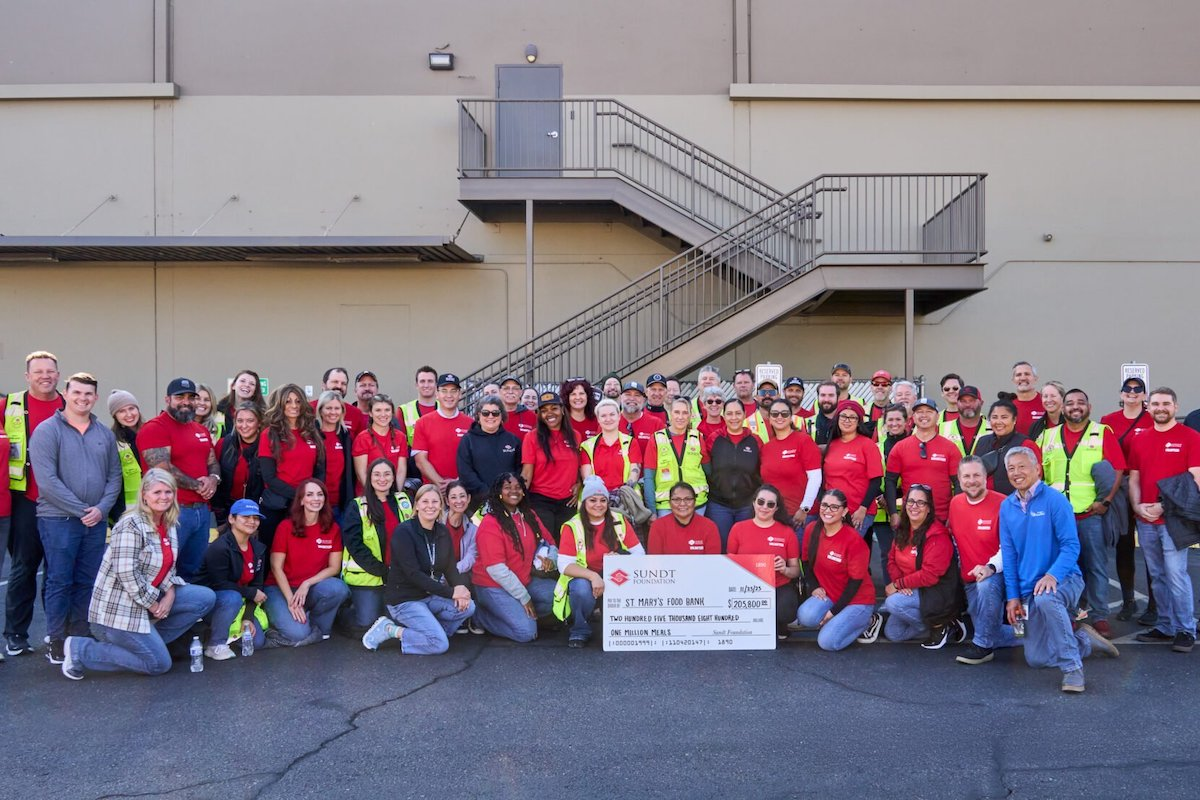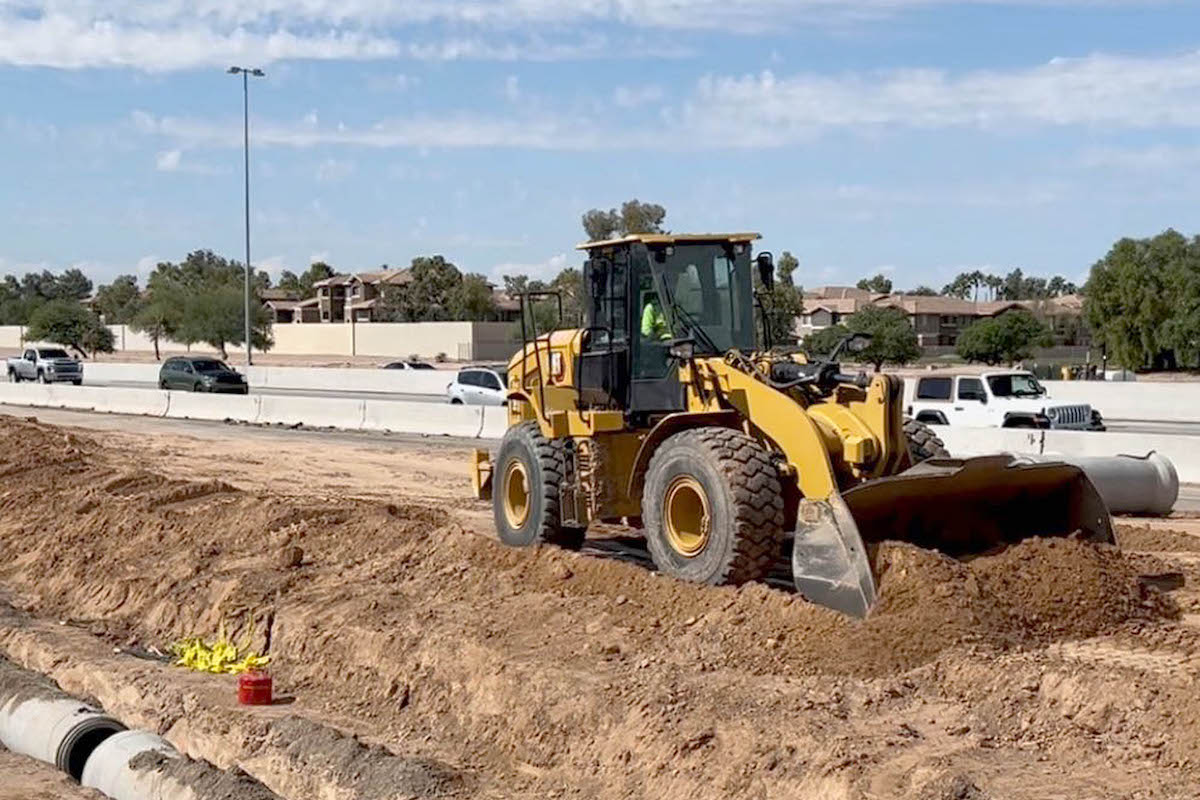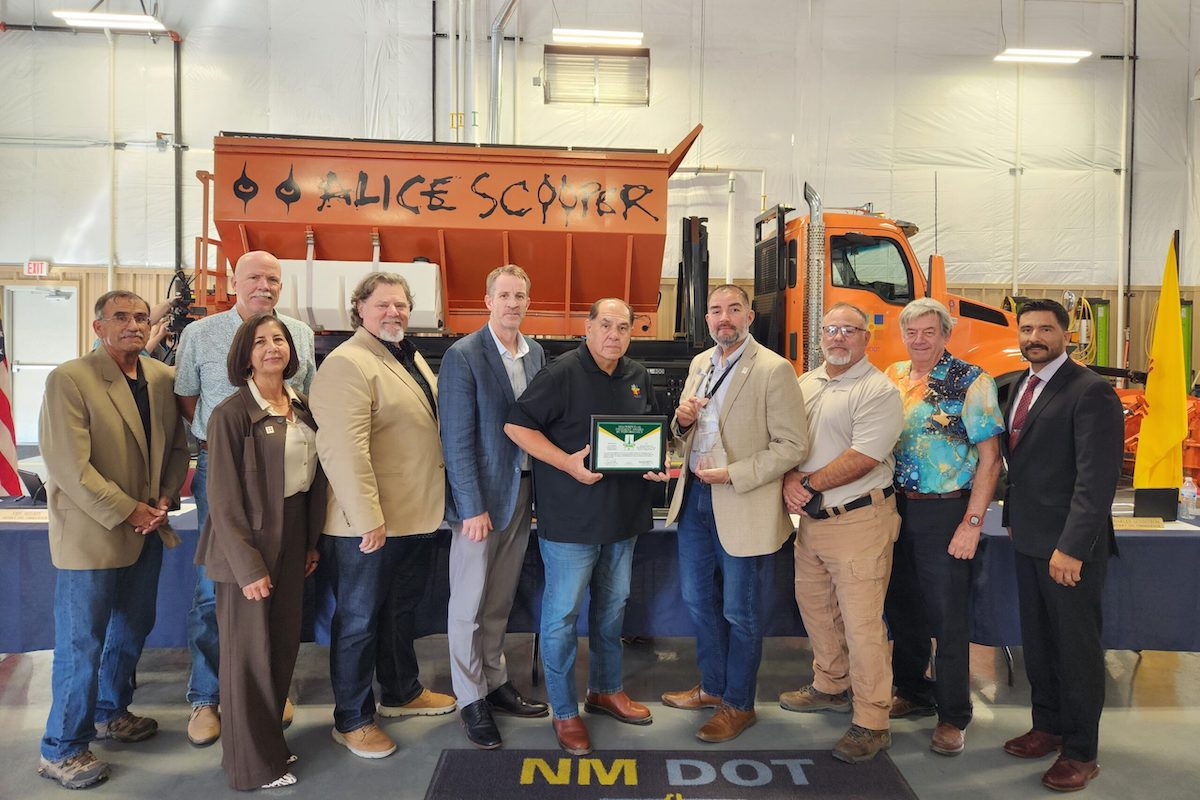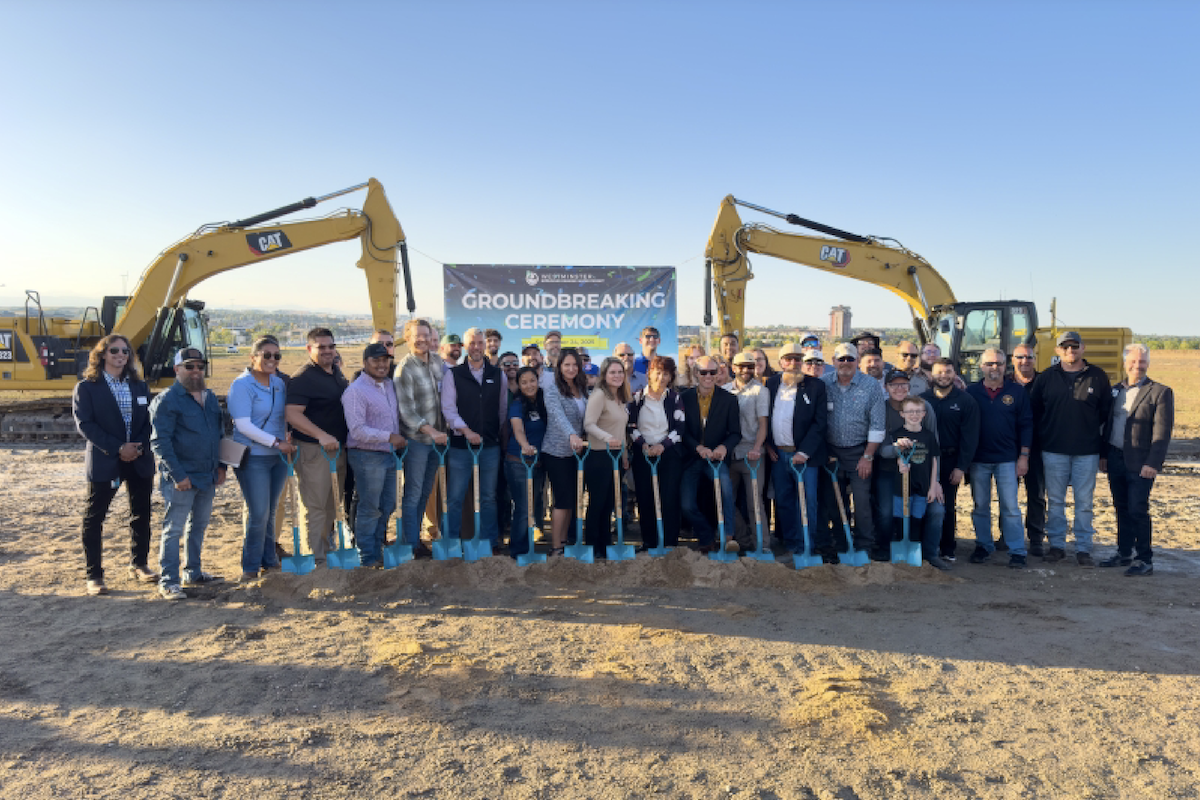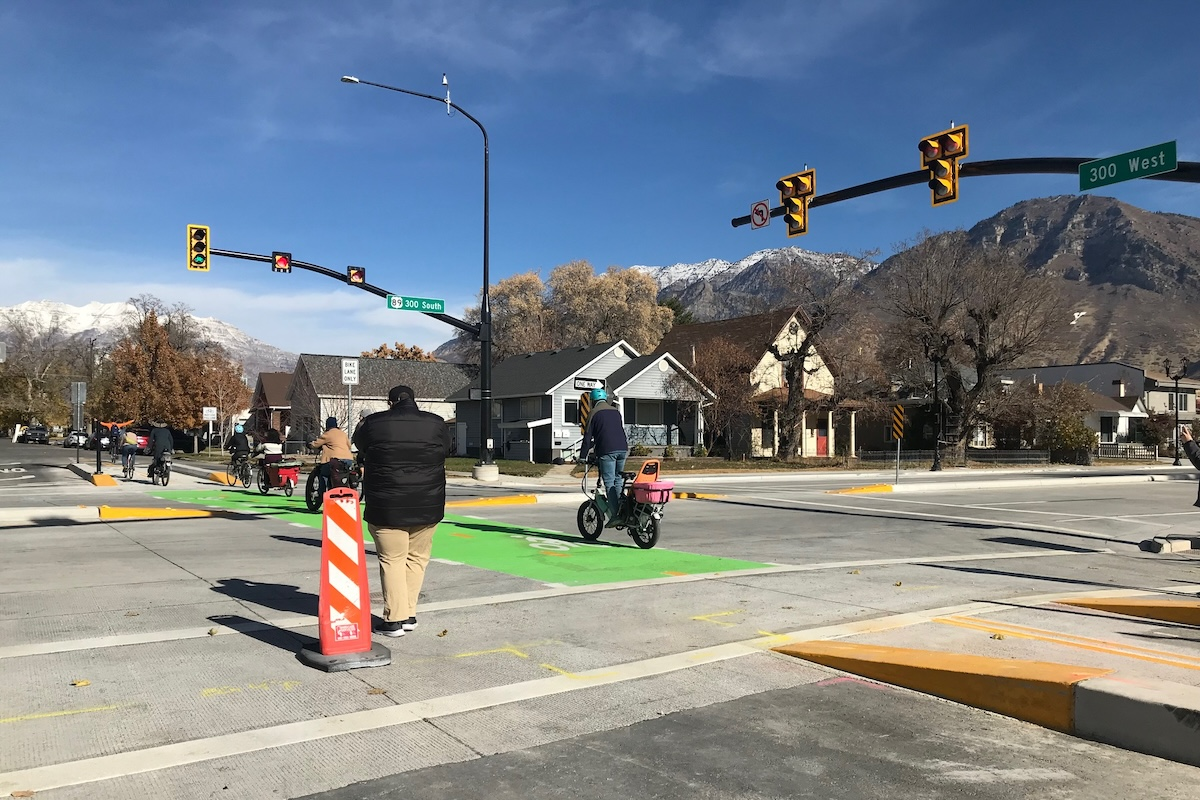With its pavement score sinking and road maintenance costs soaring, the small town of Alton, New Hampshire — home to less than 6,000 residents and bordering Lake Winnipesaukee — had to try something different, according to Scott Kinmond, Technical Specialist for the Technology Transfer Center at the University of New Hampshire (UNH).
“By 2021, the town had been spending about $1 million a year doing mostly crack sealing, asphalt overlays, and full depth reclamation, and yet their PCI [Pavement Condition Index] was stagnating or even dropping,” said Kinmond, who recently retired as Director of the Alton Department of Public Works (DPW).
A PCI is a numerical rating between 0 and 100 that is used to indicate the general condition of a pavement. A rating of between 85 and 100 is good, while a 40 to 55 rating is poor. And a score of less than 40 means the road is probably impassable.
When Kinmond took over the reins at the Alton DPW in 2021, the town’s 92 miles of roads had a PCI of 67 — just languishing in the fair territory. Why such a low score despite the high financial investment?
“Over the past 20 years, most of the town’s road maintenance program has been mostly full depth reclamation [FDR] with the complete reconstruction of roads using about $1 million of the annual budget,” Kinmond said.

| Your local Volvo Construction Equipment dealer |
|---|
| Faris Machinery |
“We were spending most of the budget to repair the ten worst roads first. That’s old school thinking,” he added. “But now the town is applying preventive maintenance treatments on pavements that are actually in good condition.”
Alton is now engaged in an industry-wide practice called pavement preservation. According to the Federal Highway Administration (FHWA), the cost to preserve streets in good condition is typically significantly less — five to 10 times — compared to the cost to rehabilitate or reconstruct streets. The agency describes preservation as work that is planned and performed to improve or keep the condition of the transportation facility in a state of good repair.
A common mantra of pavement preservation engineers is “keeping good roads good.” Constructing quality preservation treatments when the pavement condition is still satisfactory can slow deterioration, extend service life, and improve functionality (how well it does the job it was designed to do).
When he took on the job as DPW Director, Kinmond had brought with him years of experience with public works and public safety. He had served as Road Agent for Moultonborough for seven years, as Town Administrator for New Durham for five years, and as a Moultonborough Police Officer for 24 years. He ultimately would serve three years as Alton DPW Director before he retired to join the New Hampshire Local Transportation Assistance Program Technology Center at UNH. During his three years at Alton, he set up pavement preservation operations and coordinated the construction contracts. He also worked with the new DPW Director, Seth Garland.

| Your local Bobcat dealer |
|---|
| Ditch Witch West |
| Faris Machinery |
| Romco Equipment Co |
“He did a pretty good road inventory/assessment,” Kinmond observed, adding that “the town passed the department’s $1.3 million budget for 2024.”
As Alton DPW Director, Kinmond began reversing the old maintenance program. This included using pavement preservation strategies such as hot mix asphalt shim and overlay and asphalt rubber stress absorbing membranes (ARSAM), together with a lesser amount of FDR. The ARSAM treatment, also called rubber chip seal, has so far been used on a wide variety of roads.
Located on the southern end of Lake Winnipesaukee in New Hampshire, Alton’s population triples during the summer months, sparking a significant increase in seasonal traffic. The town’s road network consists of many lakefront roads mixed with miles of rural and hilly terrain roadway, presenting a variety of challenges for road maintenance. Altogether, the shift in use of a variety of treatments has allowed the town to stabilize its road maintenance network and begin moving their PCI in a positive direction.
“In 2021 things had fallen behind, and there was a lot of catchup to do,” Kinmond said. “But after just one year, it bumped up to 69, and in the third year it went up to 70. Spending in the last two years on pavement preservation was about $900,000. We used asphalt rubber chip seal, hot mix overlays, with single course and a shim and overlay course. ... If they stay on target moneywise, the next five years should bring the PCI into mid 70s or around the higher side of 75.”

| Your local Gomaco dealer |
|---|
| Faris Machinery |
| Tri-State Truck & Equipment Inc |
A pavement preservation strategy, chip seal prevents water from getting into the sub-base material. It also protects the asphalt from oxidation and improves the driving surface.
In general, the treatment involves spraying a thin base of liquid asphalt over the existing pavement, then distributing finely graded aggregate into it, using heavy rubber-tired rollers to embed the aggregate into the asphalt. The road is then swept to remove any loose stones.
In contrast with traditional chip seal, however, the ARSAM being provided by All States Materials Group (ASMG) for Alton employs crumb rubber modified asphalt binder and treated pre-heated cover aggregate. The process includes the following steps:
- Surface preparation of the roadway as needed including crack sealing, hot mix asphalt leveling, and pavement cleaning
- Hot spray application of 0.6 gallons per square yard of crumb rubber modified asphalt
- Application of 35 pounds per square yard of 3/8-inch cover aggregate that has been heated and pre-treated through a hot mix plant with a light coating of asphalt binder
- Immediate rolling by pneumatic rubber-tired rollers to ensure aggregate embedment in the asphalt binder
- Same-day sweeping of loose and excess aggregate from the treated surface

| Your local Trimble Construction Division dealer |
|---|
| SITECH Northwest |
| SITECH Rocky Mountain |
| SITECH Southwest |
According to ASMG, this process produces a high-performance chip seal that adds approximately eight to 10 years of life benefits to the existing pavement when placed on good candidates. It seals and waterproofs the roadway, is highly resistant to reflective cracking, and uses approximately 1,350 recycled vehicle tires per mile of treated roadway.
FHWA points out that some 280 million tires are discarded each year by American motorists, or about one tire for every person in the United States. Around 30 million of these tires are retreaded or reused, leaving roughly 250 million scrap tires to be managed annually. These end-of-life tires yield crumb rubber that is blended with asphalt paving in either of two ways:
- In the Wet Process, crumb rubber is mixed with asphalt cement before the binder is used in the pavement process. This process is often used for hot mix asphalt paving, chip seals, and rubberized joint and crack sealants.
- In the Dry Process, crumb rubber is used as a substitute for some of the aggregate in the asphalt concrete mixture.
Crumb rubber boosts asphalt's viscosity, which makes it more resistant to flow and cracking. When used in hot mix asphalt paving applications, it also can help prevent rutting and prolongs the life of the pavement. Roads surfaced with rubberized hot mix asphalt can last up to 18 years, and some have gone more than 15 years without resurfacing in the interim.

| Your local Volvo Construction Equipment dealer |
|---|
| Faris Machinery |
FHWA encourages the use of scrap tire rubber in engineering applications, including asphalt paving, where it is both cost effective and it can be properly engineered. States are not required to mix crumb rubber with asphalt paving, but if they request help to do it, FHWA will provide technical assistance and technology transfer.
For Kinmond and many communities who have implemented preservation treatments in New Hampshire over the past 10 years, a significant amount of their knowledge and experience with pavement preservation strategies has been gained through training classes offered by the University of New Hampshire Technology Transfer Center (T2). T2 serves as the Local Transportation Assistance Program for the State of New Hampshire, offering a variety of training courses for highway and public works officials across the state.
In his role as Technical Specialist for T2, Kinmond has participated in numerous classes. He has been a panelist, moderator, and instructor, sharing his knowledge and experience with other communities. He explained that the road maintenance courses typically offered each year through T2 include options geared toward both highway and public works employees and toward administrators and elected officials.
Topics covered include pavement distresses, treatment options from preservation to recycling and through rehabilitation, project selection and preparation, maintenance strategy and planning, and best practices for assuring a successful project. Kinmond indicated that the knowledge gained from such courses can help those responsible for the upkeep of local roads to explain the importance of budget requests to town finance committees.

| Your local Volvo Construction Equipment dealer |
|---|
| Faris Machinery |
“As long as you can educate the people about the latest road improvements such as pavement preservation, they’ll pass your budget — and they’ll save money in the long run,” Kinmond said.

















